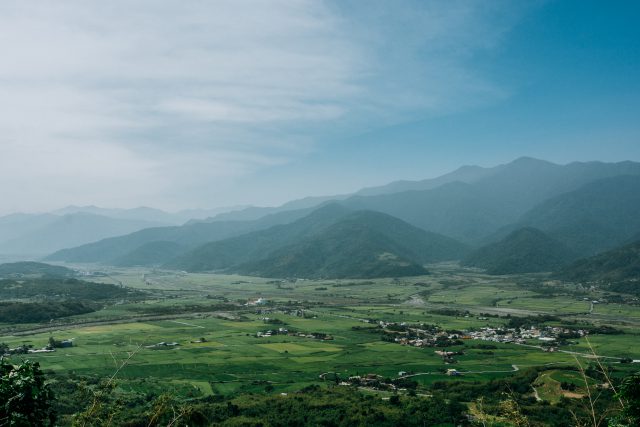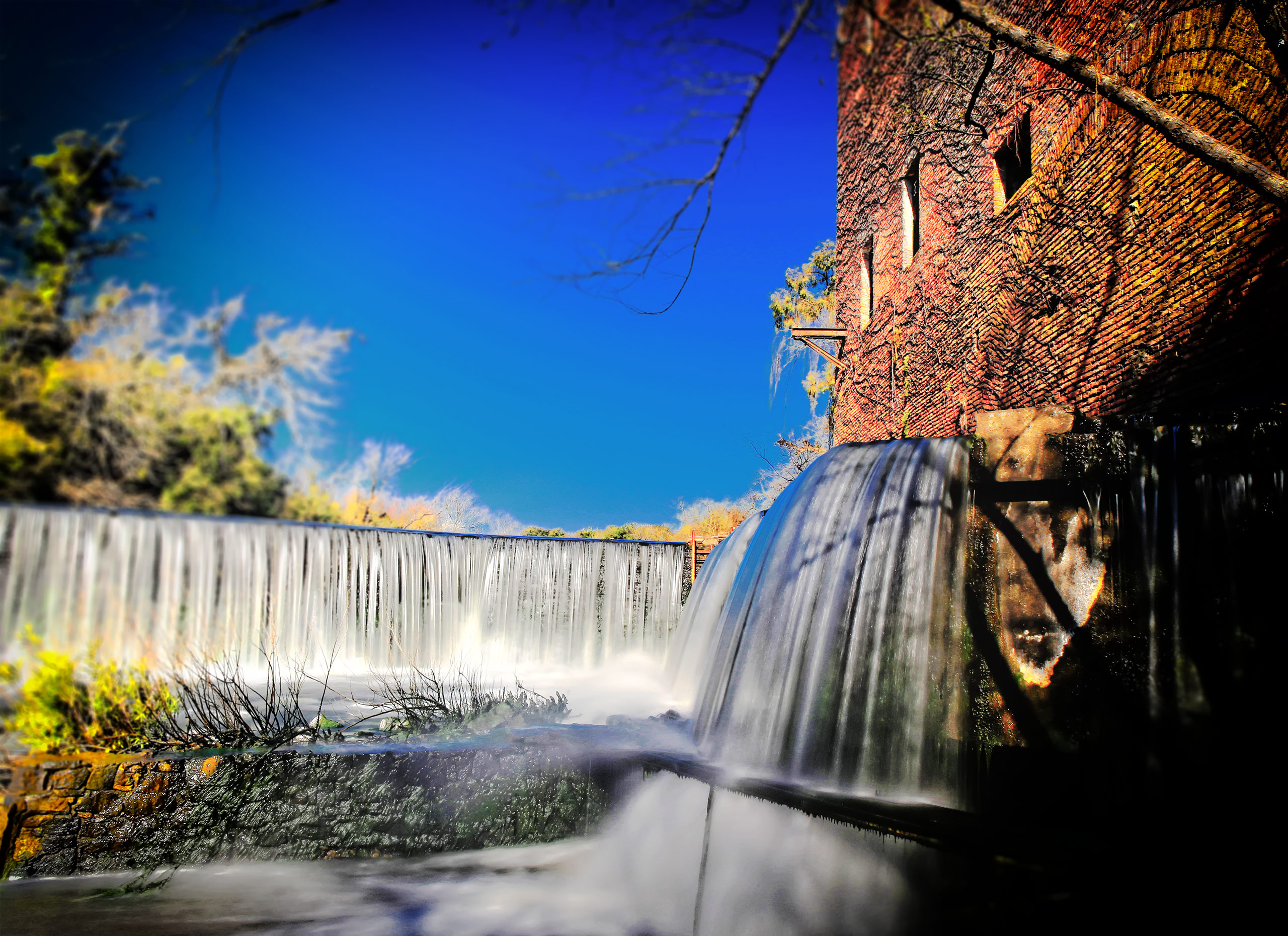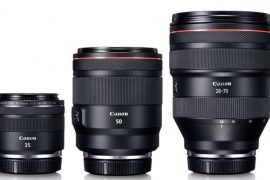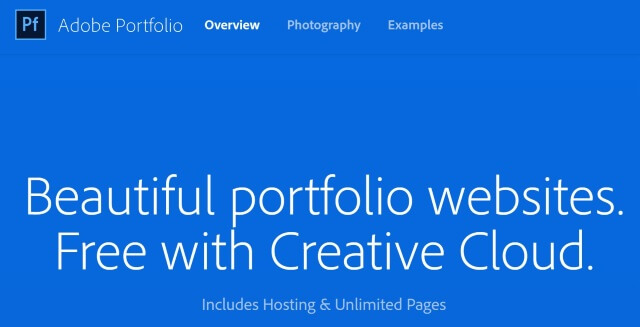Welcome to all photography lovers, Want to shoot beautiful landscapes with your DSLR camera? here is fast tips & techniques for how to photograph the landscape.
How to photograph landscapes?
- Try to visit a place full of beautiful nature views & look in all directions with your eyes to discover the best view to capture.
- Try to choose the right time to shoot an image, remember the “Golden Hour” at sunrise & sunset

- Picking up the right camera, Although this is a tough job to do, it is of prime importance. You need to learn how to choose the proper camera. The following article is very useful and provides a lot of information about choosing the right camera, and I highly recommend it “How to choose a camera – A comprehensive guide“
- Use wide-angle lenses like 16-35 mm or 24-70 mm or 10-20 mm
- Use tripod & remote if you will shoot at night & it’s also useful to ensure sharpness of your image
- Remember the “Rule Of Third” as per Wikipedia The rule of thirds is a “rule of thumb” or guideline which applies to the process of composing visual images such as designs, films, paintings, and photographs.[1] The guideline proposes that an image should be imagined as divided into nine equal parts by two equally spaced horizontal lines and two equally-spaced vertical lines, and those important compositional elements should be placed along these lines or their intersections.[2] Proponents of the technique claim that aligning a subject with these points creates more tension, energy, and interest in the composition than simply centering the subject.
- Don’t use flash while shooting landscape it will ruin your image, only in rare cases, you can use if you want to brighten an object in the front-ground
- Try to use a smaller aperture to ensure that every part in the image is in focus like F/22, or F/16 this will allow you to create depth of field, and your background & foreground will be in focus & very sharp
- You can use “ND” Neutral Density filters to prevent too much light from entering your camera this will be useful in the sunny days
- If you are capturing water at night you can give your photo a sense of movement by using a long shutter speed like 1/8 of a sec. or 1 sec.
- If you are capturing water at daylight you can give your photo a sense of movement by using a long shutter speed like 1/8 of a sec. or 1 sec & “ND” Neutral Density filter
- If you want to make the see appear in turquoise blue color, take the photo in the midday
- Use water as a mirror of your object (mountain, trees, bridges, etc..)
- Shoot in “RAW” if you want the maximum-quality image
- Try to shoot at a lower ISO (100)
- Use Autofocus & Auto white balance
- Finally, don’t shoot an image just create it
Now you can create sharp, well-defined, fantastic photos for landscape :).
See also the Best canon lenses for landscape
Thanks for reading, I hope you enjoyed the article if you have any questions just post below & I will be happy to answer you.
If you enjoy the site, don’t forget to subscribe, we will only inform you when a new article is posted.










Some great looking landscapes in the photos. I see you definitely have some talent there. This is a very easy guide to follow for shooting landscapes and I would definitely like to try and apply this guide. Thanks for sharing this info. What options are there for those on a budget?
Hello Matt, if you mean lenses on a budget you have to check this post Cheapest Canon lenses.
Thank you for your training on how to photograph landscapes. As much as I like photography, I’ve never really been taught the best way to take quality pictures. Because of this, I am usually disappointed in the results. I will attempt to put to use your training here. I’m especially going to try to remember the rule of thirds. That really does make a picture look great.
Thanks Linda, i’m glad that you liked the post.
Ehab,
I am glad I found your post since I will be travelling to Iceland this Thursday and all my family members are requesting me to take good pictures.I can tell that you are an expert in this field.Your tips and techniques are definitely going to become handy for this trip. Thank you.
Thanks Juan, have a nice trip to Iceland 🙂
Hi thanks for your post I keep meaning to start studying photography properly but never seem to start, maybe now is the time.
I live in Donegal and at this time of year we have the most amazing sunsets and sunrises. So the pictures I’m taking don’t necessarily have a visual point, a bit like your sun set photo but there is a light area (with the sun set and sky) at the top and then the dark almost shadows of the trees etc in the bottom of the picture.
So I was wondering is there a rule like the 9 sections that is applied to these kind of shots i.e. should it be two thirds sky or 50:50 sky and landscape?
Hello Marie, the rule of third can be applied in those kind of photos you can make the sky two thirds, but you know sometimes rules are made to be broken if you have landscape & water you can divide the image 50:50 to get the full reflection of the landscape on water, so it depends on the landscape shooting situation. Thanks for passing by.
Loved this post. My favourite time of the day is the golden hour. For me that tends to be twilight more often that sunrise, as I’m a bit of a night owl and struggle to get up that early.
You’ve certainly covered it all well in your article with the tips. You know your stuff. Glad to hear you recommend shooting in RAW. There’s no comparison. RAW images are just so much better than JPEGs, and if for some reason you need to heavily edit the image in post-processing, you won’t destroy the photo.
Yeah Darren shooting in RAW is beautiful :), thanks for dropping by
Nice article. Very helpful tips.
I really like the tip for dividing the photo into 9 sections. I’m an artist myself and have never heard of that. I wonder if this could also apply to painting and drawing of landscapes as well as photography. I’d love to know – my Mum is a very talented landscape artist, she paints.
Thanks for the interesting read. So fascinating and I love the photos you have used in this article – beautiful!
Hannah.
Hello Hanna,
Thanks for posting here, Actually the rule of third can be applied to paintings & drawings as well as photography, specially for landscapes 🙂